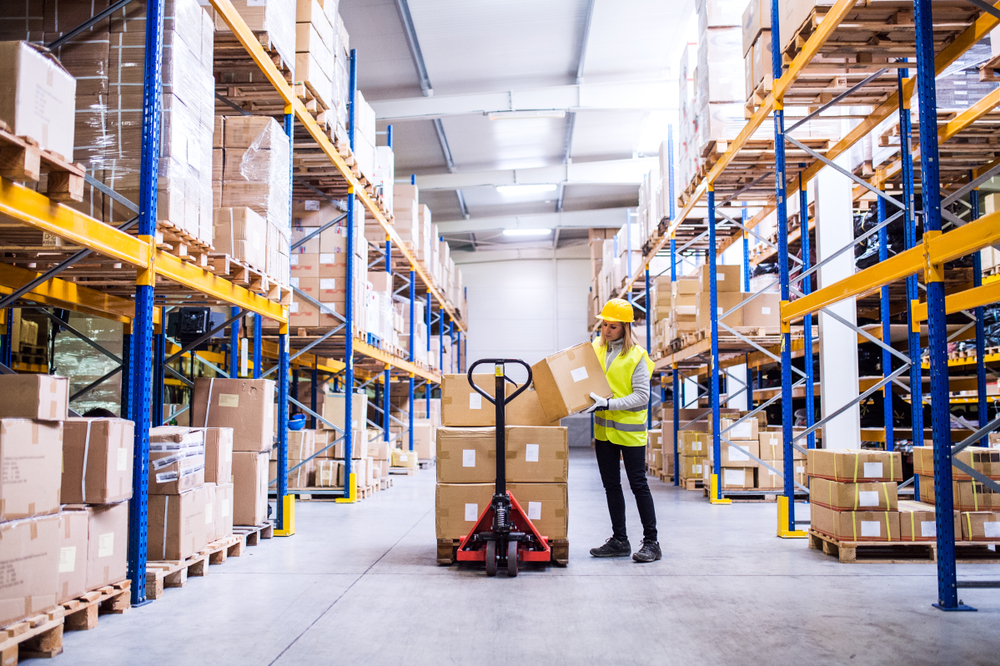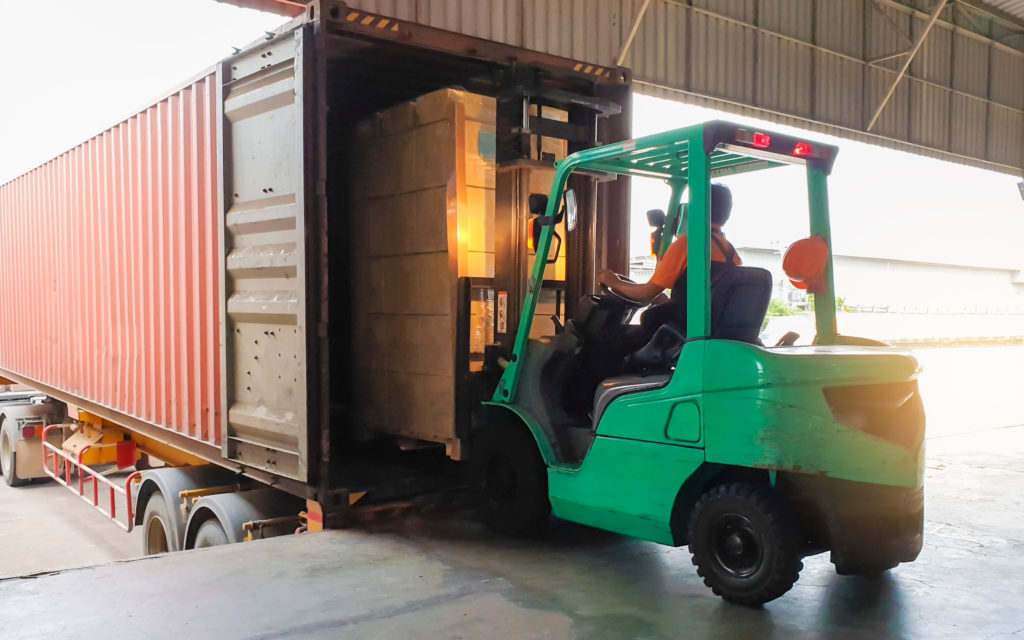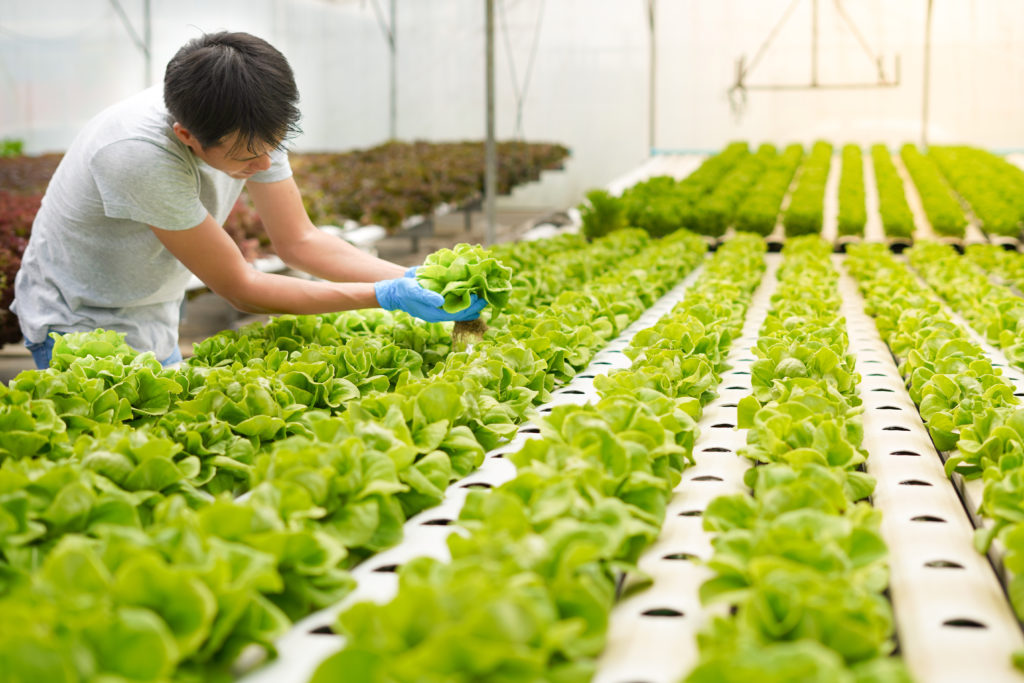-

Sustainability in the Grocery Industry: Why It Pays to Commit to Sustainable Practices
The well-stocked grocery store is a staple of modern life, with its uniform, colorful rows of canned, packaged, and fresh foods that stretch the long aisles. And while customers enjoy the abundance of grocery store offerings, they are also starting to pay more attention to the extraordinary amounts of waste that consumption generates. As shoppers…
-

Carbon Emissions in the Supply Chain: Why Supply Chain Emissions Matter and How to Cut Them
Calculating carbon emissions in the supply chain is challenging—especially as supply chains grow more complex and include third parties and stakeholders who perform outsourced operations. When companies disclose greenhouse gas (GHG) emissions, those emissions are organized into three categories, or “scopes,” as defined by the GHG Protocol Corporate Standard. While Scope 1 and Scope 2…
-

Breaking Down Warehouse Operating Costs
Warehouse operating costs constitute an unavoidable component of supply chain expenses that impact a company’s bottom line. Since these costs differ from company to company, there is no universal formula for cost analysis that operations managers can follow. There are, however, common warehouse expenses related to labor and storage that businesses share. By addressing these…
-

3 Sustainable Logistics Management Practices
Achieving sustainability across supply chains is a major objective for businesses across the globe. There has been an estimated 24% increase in the number of companies asking suppliers for reports on environmental data. With freight transportation being a major contributor to costs and air pollution, businesses are focusing on sustainable logistics management practices more than…
-

Supply Chain Cost Reduction Challenges
Operations managers routinely look for opportunities to scale up in order to address supply chain cost reduction challenges. Scaling can allow managers to take advantage of lower rates and increased efficiencies. While this strategy can work well for large companies, small and mid-size companies are often unable to realize the benefits of scale. Instead, small…
-

How to Lower Freight Costs
In response to pandemic uncertainty, logistics managers are closely examining how to lower freight costs by increasing efficiency, reducing waste, minimizing risks, and spending smarter. While the pandemic’s long-term impact on the shipping industry is difficult to foretell, short-term uncertainty has had a significant impact on freight rates. By September 2020, rates on some trucking…
-

How Strong Are Wood Pallets?
Wood—a fundamental component of nearly every early American industry—has been essential to modern shipping and logistics for decades in the form of wood pallets. But just as the homebuilding and ship manufacturing industries adopted stronger materials than wood, the modern shipping industry has likewise evolved. Nowadays, a simple question like “How strong are wood pallets?”…
-

The Environmental Impact of Logistics: Making Supply Chains More Sustainable
As supply chains grow more complex, shipments of U.S. goods are expected to accelerate 23.5 percent by 2025. Due to increased freight activities, the environmental impact of logistics will invariably contribute to rising greenhouse gas (GHG) emissions. As a result, businesses are seeking ways to reduce their supply chain carbon footprint and create an environmentally-friendly…
-

5 Hidden Costs in Your Supply Chain
Cost reduction is always a challenge in a supply chain. Every step in the supply chain—from sourcing and manufacturing, to warehousing, logistics, and transport—incurs additional costs that businesses try to limit. It is estimated that the supply chain and logistics account for more than 10% of a business’s overall costs. The efforts to lower costs…
-

4 Ways to Improve Your Supply Chain Transportation Efficiency
In transportation logistics, every mile and every minute matters. Slowdowns and inefficiencies compound. While some supply chain operating costs cannot be significantly reduced, transportation logistics offers opportunities to trim unnecessary time, money, and fuel use. Increasing your supply chain transportation efficiency is simply one of the best ways to lower your total cost of business. …
-

How to Build a Low Carbon Supply Chain
Estimates suggest that a business’s supply chain accounts for more than 75 percent of its total greenhouse gas (GHG) emissions. The alarming rate of global warming, coupled with consumer awareness about environmental sustainability, has led companies to build green supply chains that reduce their carbon footprint. For businesses, a reduced carbon footprint can also result…
-

Reducing Contamination in the Pharmaceutical Industry: How Simple Changes Can Help
In the pharmaceutical industry, there are two related kinds of damage that can happen to a company: reputational damage and damage to the bottom line. Few things impact both of those as much as contamination. Contamination in the pharmaceutical industry may lead to returned shipments, regulatory oversight, strained relationships with vendors, and increased costs, as…